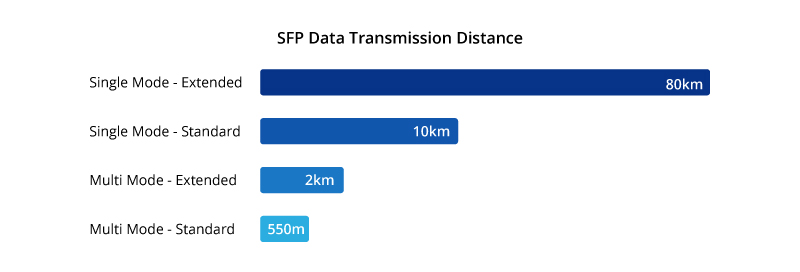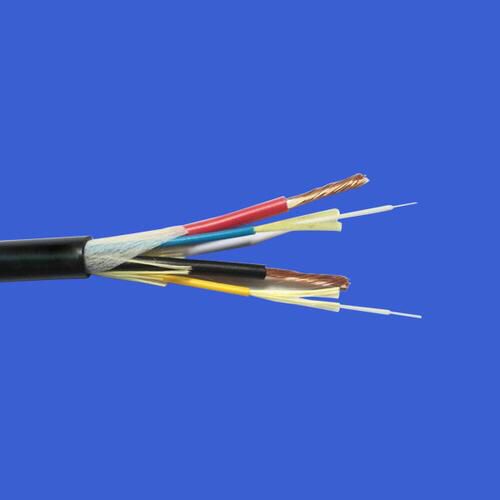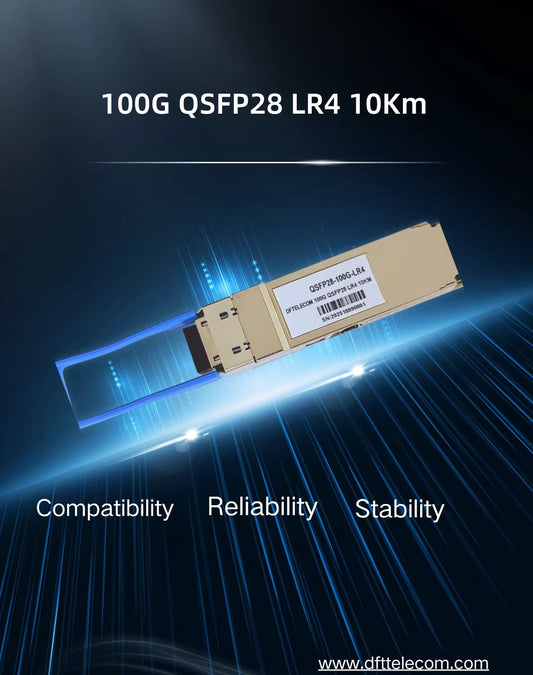There are many different types of SFP modules available today, so what makes them different and how do you know which is best for you? This guide will explain them all.
SFP module has a wide reach of applications and works with the bulk of modern networks. Most can be categorized into four main categories: Cable Type, Transmission Range, Transfer Rate, Application.
Cable Type
SFP module can work over optical fiber and copper. Based on the types of optical fibers, SFP transceiver can be divided into single mode SFP that works with single-mode fiber and multimode SFP that works with multimode fiber.
| Specfication | Multimode SFP | Single-mode SFP |
|---|---|---|
| Fiber Type | 62.5/125μm or 50/125μm core MMF | 9/125μm core SMF |
| Working Wavelength | Mainly in 850 nm and 1300 nm | Mainly in 1310 nm and 1550 nm |
| Color Coding | Black | Blue for 1310nm SFP Yellow for 1550nm SFP |
| Transmission Distance | 100 m / 500 m | 2 km up to 200 km |
Singlemode SFP vs Multimode SFP
XBASE-T is the IEEE standard that defines the requirement for sending information on unshielded twisted-pair cabling and defines various aspects of running Ethernet on this cabling. You will primarily find SFP modules are 1000base-T SFPs for a 1Gb network.
| Specification | 100BASE-T SFP | 100BASE-Tx SFP | 1000BASE-T SFP | 1000BASE-T1 SFP | 2.5GBASE-T SFP | 5GBASE-T SFP | 10GBASE-T SFP |
|---|---|---|---|---|---|---|---|
| Data Rate | 100Mbps | 100Mbps | 1000Mbps | 1000Mbps | 2.5Gbits | 5Gbits | 10Gbits |
| Medium | Cat5e | Cat5 | Cat5 | Cat6a | Cat5e | Cat6 | Cat6a |
| Specified Distance | 100M | 100M | 100M | 100M | 100M | 100M | 100M |
| Bandwidth | 37.5MHZ | 31.25MHZ | 62.5MHZ | 375MHZ | 100MHZ | 200MHZ | 400MHZ |
| Usage | Automotive, IoT, M2M | LAN | LAN | Automotive, IoT, M2M | LAN | LAN | LAN |
Currently Used Xbase-T SFP Modules
Transmission Range
For shorter distances, multimode SFPs provide an optimal cheaper solution. The most common multimode SFPs are the 850nm wavelength for a maximum of 550 meters. If there's a need to extend the multimode transmission distance, you can also choose a 1310nm wavelength one for a maximum transmission distance of 2km.
For long reach, single mode SFPs can transmit anywhere from 10km to 200km. Standard 1310nm LX SFP can reach up to 10km, extended 1310nm EX SFP can reach up to 40km; Standard 1550nm ZX SFP can reach up to 80km, extended 1550nm ZX SFP can reach up to 160km; BiDi SFPs transmission distances vary from 10 km to 160 km when using different wavelengths. The most frequently used wavelength pairs of BiDi SFPs are 1310nm/1550nm, 1310nm/1490nm, and 1510nm/1590nm. When using multiplex wavelengths (DWDM/CWDM), the transmission distances can reach up to 200 km.

Transfer Rate
The trend towards higher speed and higher bandwidth is always unstoppable, from Fast Ethernet to Gigabit Ethernet, and then to 10Gb, 40Gb, 25Gb, and 100Gb Ethernet. Since the development of SFP, modernized advancements have been added to the mix. Namely SFP+ for 10 Gigabit, SFP28 for 25 Gigabit Ethernet, QSFP for 40 Gigabit Ethernet, QSFP28 for 100G Gigabit Ethernet are now available.
Application
High-definition audio/video transmission and reception, passive optical networks (PON), multiplexing, and simplex networking also are some of the most common applications of SFP modules.
3G-SDI video SFPs are designed to meet the high standard video transmission needs in the High Definition (HD) environment.
PON SFPs are used in the Optical Line Terminal (OLT) at the Central Office and the Optical Network Terminal/Unit (ONT/ONU) at the subscriber’s premises.
CWDM SFPs and DWDM SFPs are utilized by telecom systems in long-distance transmission, allow to transmit multiple signals simultaneously on a single fiber.
BIDI SFP allows to transmit and receive data to/from interconnected network devices (like network switches or routers) via a single optical fiber, which enables users to simplify their cabling system, increasing network capacity and reducing cost.
Fibre Channel SFP is a high-speed network technology (commonly running at 1, 2, 4, 8, 16, 32, and 128 gigabits per second rates) primarily used to connect computer data storage to servers in the SAN data center environment.
SONET/SDH SFP is compatible with the SONET/SDH and ATM standard which covers the standard range of data rates extending from OC-3/STM-1 (155 Mbps) to OC-48/STM-16 (2488 Gbps) for multimode (MM), short-reach (SR), intermediate-reach (IR1), and long-reach (LR1/LR2) applications.






